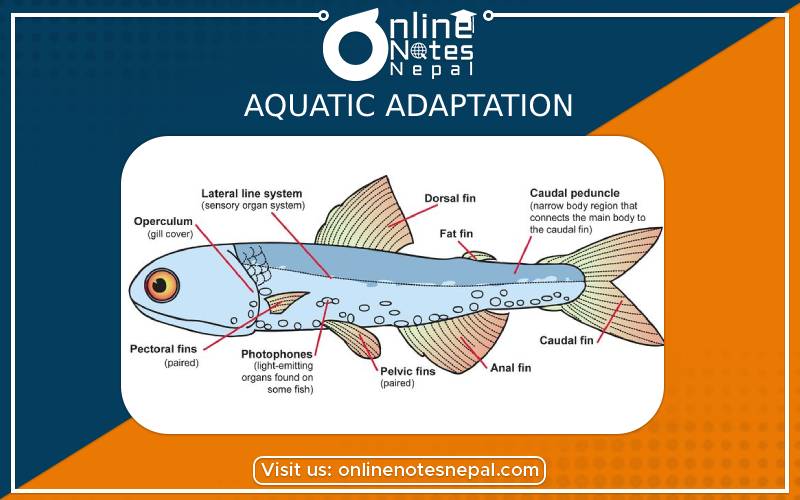Published by: Nuru
Published date: 17 Jan 2022

The entire space occupied by living organisms is termed as a biosphere. All organisms are adapted to their environment. A habitat is a place where organisms live.
Adaptation is defined as the process of adjustment of an organism to its environment. Organisms show the adaptation in the following ways:
Aquatic plants (Hydrophytes) and their adaptational characteristics
The plants which grow, derive food, multiply and adjust themselves inside water are called aquatic plants. On the basis of mode of life, hydrophytes are of following types: